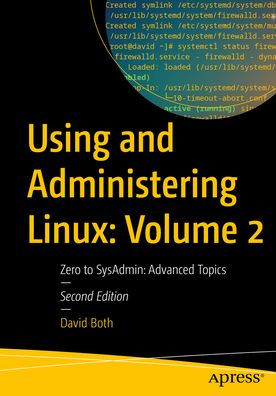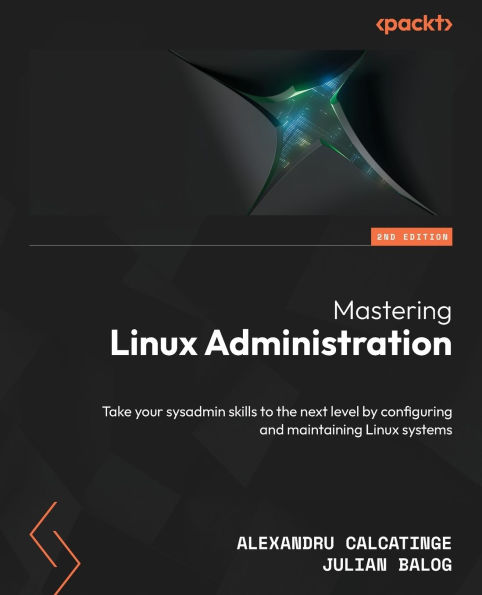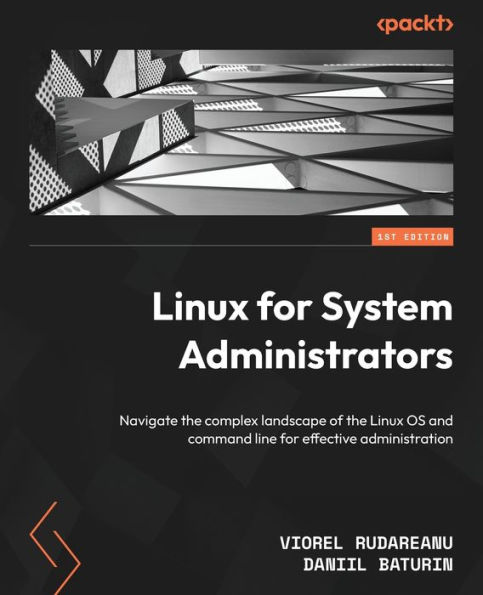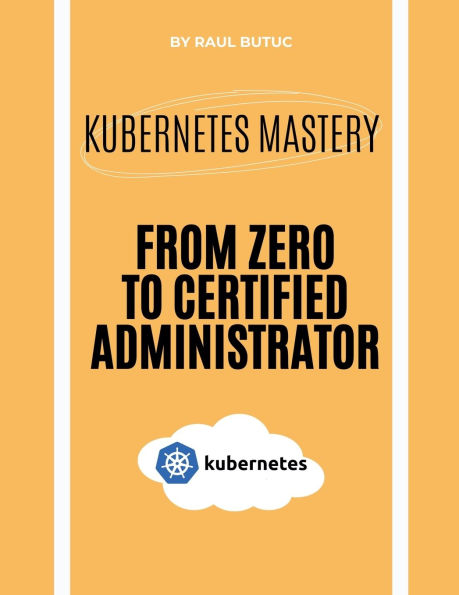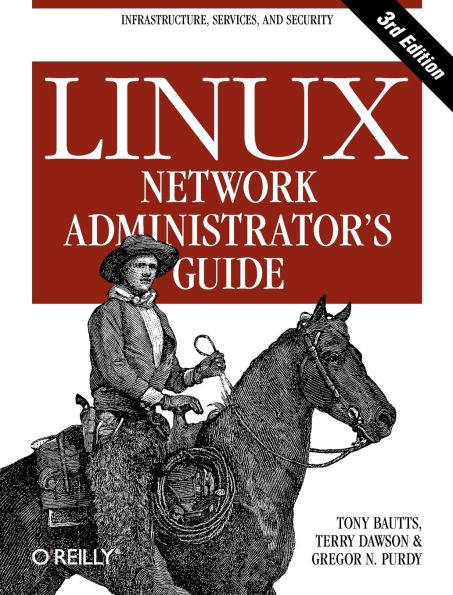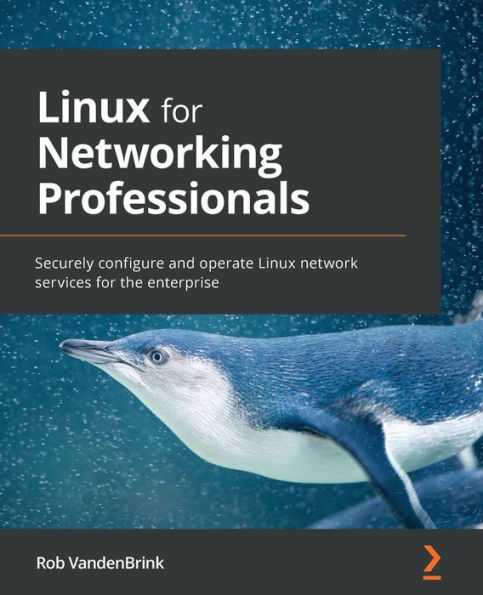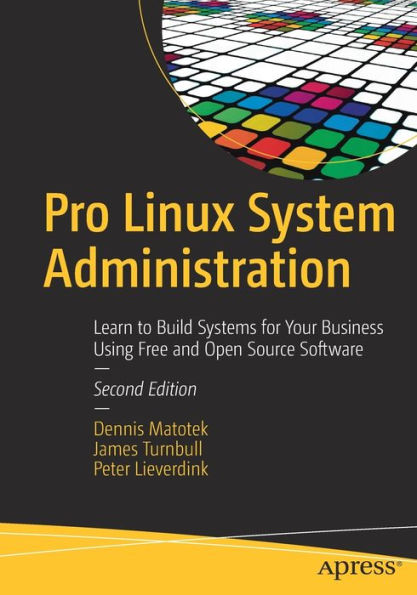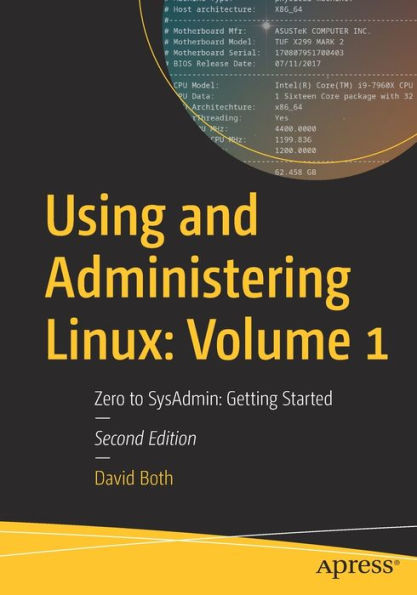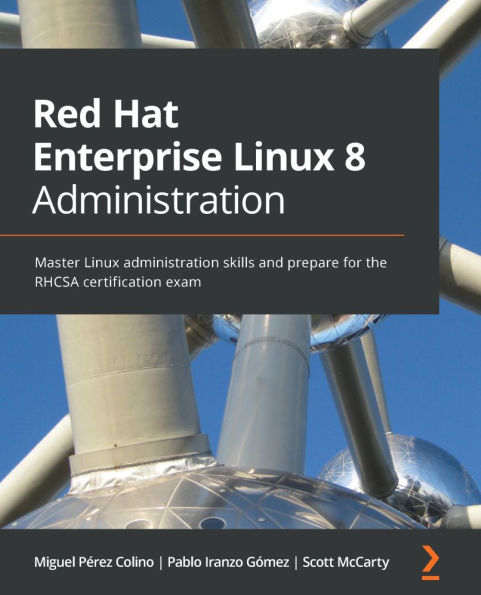Home
Linux Advanced for SysAdmin: Become a proficient system administrator to manage networks, database, health, automation and kubernetes
Barnes and Noble
Loading Inventory...
Linux Advanced for SysAdmin: Become a proficient system administrator to manage networks, database, health, automation and kubernetes in Bloomington, MN
Current price: $69.99


Linux Advanced for SysAdmin: Become a proficient system administrator to manage networks, database, health, automation and kubernetes in Bloomington, MN
Current price: $69.99
Loading Inventory...
Size: Paperback
Building upon fundamental Linux skills,
this book is designed to elevate your expertise to handle intricate tasks crucial for senior system administrators
. To begin with, we will revisit key administrative tasks, providing a solid foundation for the advanced topics to come. This includes
managing files, directories, packages, system services, and user permissions to ensure you're up to speed. We then dive into the critical aspects of network management, wherein we learn to configure network interfaces, manage IP addresses and routing, set up and secure network services like DHCP and DNS, and monitor network performance using tools such as Wireshark
.
We then move to
explore iptables and firewalld, configure firewalls, implement AppArmor, and perform security audits with Lynis
. The chapter also covers
monitoring system logs for security breaches and using intrusion detection systems like Snort
. Then, the chapter on Database Management demonstrates to
work with databases in Linux, including installing and configuring PostgreSQL, designing databases, performing migrations, and securing database systems
. The next chapter teaches you to
monitor CPU and memory usage, track network performance, and analyze system logs using tools like Nagios and Zabbix
Later, we focus on
automating routine tasks using shell scripting, cron, anacron, awk, and sed. You will learn to write scripts for system audits, resource management, and backup and recovery
. Finally, the book covers
large-scale deployments, Kubernetes, cluster management, load balancing, and kernel customization
this book is designed to elevate your expertise to handle intricate tasks crucial for senior system administrators
. To begin with, we will revisit key administrative tasks, providing a solid foundation for the advanced topics to come. This includes
managing files, directories, packages, system services, and user permissions to ensure you're up to speed. We then dive into the critical aspects of network management, wherein we learn to configure network interfaces, manage IP addresses and routing, set up and secure network services like DHCP and DNS, and monitor network performance using tools such as Wireshark
.
We then move to
explore iptables and firewalld, configure firewalls, implement AppArmor, and perform security audits with Lynis
. The chapter also covers
monitoring system logs for security breaches and using intrusion detection systems like Snort
. Then, the chapter on Database Management demonstrates to
work with databases in Linux, including installing and configuring PostgreSQL, designing databases, performing migrations, and securing database systems
. The next chapter teaches you to
monitor CPU and memory usage, track network performance, and analyze system logs using tools like Nagios and Zabbix
Later, we focus on
automating routine tasks using shell scripting, cron, anacron, awk, and sed. You will learn to write scripts for system audits, resource management, and backup and recovery
. Finally, the book covers
large-scale deployments, Kubernetes, cluster management, load balancing, and kernel customization
Building upon fundamental Linux skills,
this book is designed to elevate your expertise to handle intricate tasks crucial for senior system administrators
. To begin with, we will revisit key administrative tasks, providing a solid foundation for the advanced topics to come. This includes
managing files, directories, packages, system services, and user permissions to ensure you're up to speed. We then dive into the critical aspects of network management, wherein we learn to configure network interfaces, manage IP addresses and routing, set up and secure network services like DHCP and DNS, and monitor network performance using tools such as Wireshark
.
We then move to
explore iptables and firewalld, configure firewalls, implement AppArmor, and perform security audits with Lynis
. The chapter also covers
monitoring system logs for security breaches and using intrusion detection systems like Snort
. Then, the chapter on Database Management demonstrates to
work with databases in Linux, including installing and configuring PostgreSQL, designing databases, performing migrations, and securing database systems
. The next chapter teaches you to
monitor CPU and memory usage, track network performance, and analyze system logs using tools like Nagios and Zabbix
Later, we focus on
automating routine tasks using shell scripting, cron, anacron, awk, and sed. You will learn to write scripts for system audits, resource management, and backup and recovery
. Finally, the book covers
large-scale deployments, Kubernetes, cluster management, load balancing, and kernel customization
this book is designed to elevate your expertise to handle intricate tasks crucial for senior system administrators
. To begin with, we will revisit key administrative tasks, providing a solid foundation for the advanced topics to come. This includes
managing files, directories, packages, system services, and user permissions to ensure you're up to speed. We then dive into the critical aspects of network management, wherein we learn to configure network interfaces, manage IP addresses and routing, set up and secure network services like DHCP and DNS, and monitor network performance using tools such as Wireshark
.
We then move to
explore iptables and firewalld, configure firewalls, implement AppArmor, and perform security audits with Lynis
. The chapter also covers
monitoring system logs for security breaches and using intrusion detection systems like Snort
. Then, the chapter on Database Management demonstrates to
work with databases in Linux, including installing and configuring PostgreSQL, designing databases, performing migrations, and securing database systems
. The next chapter teaches you to
monitor CPU and memory usage, track network performance, and analyze system logs using tools like Nagios and Zabbix
Later, we focus on
automating routine tasks using shell scripting, cron, anacron, awk, and sed. You will learn to write scripts for system audits, resource management, and backup and recovery
. Finally, the book covers
large-scale deployments, Kubernetes, cluster management, load balancing, and kernel customization
